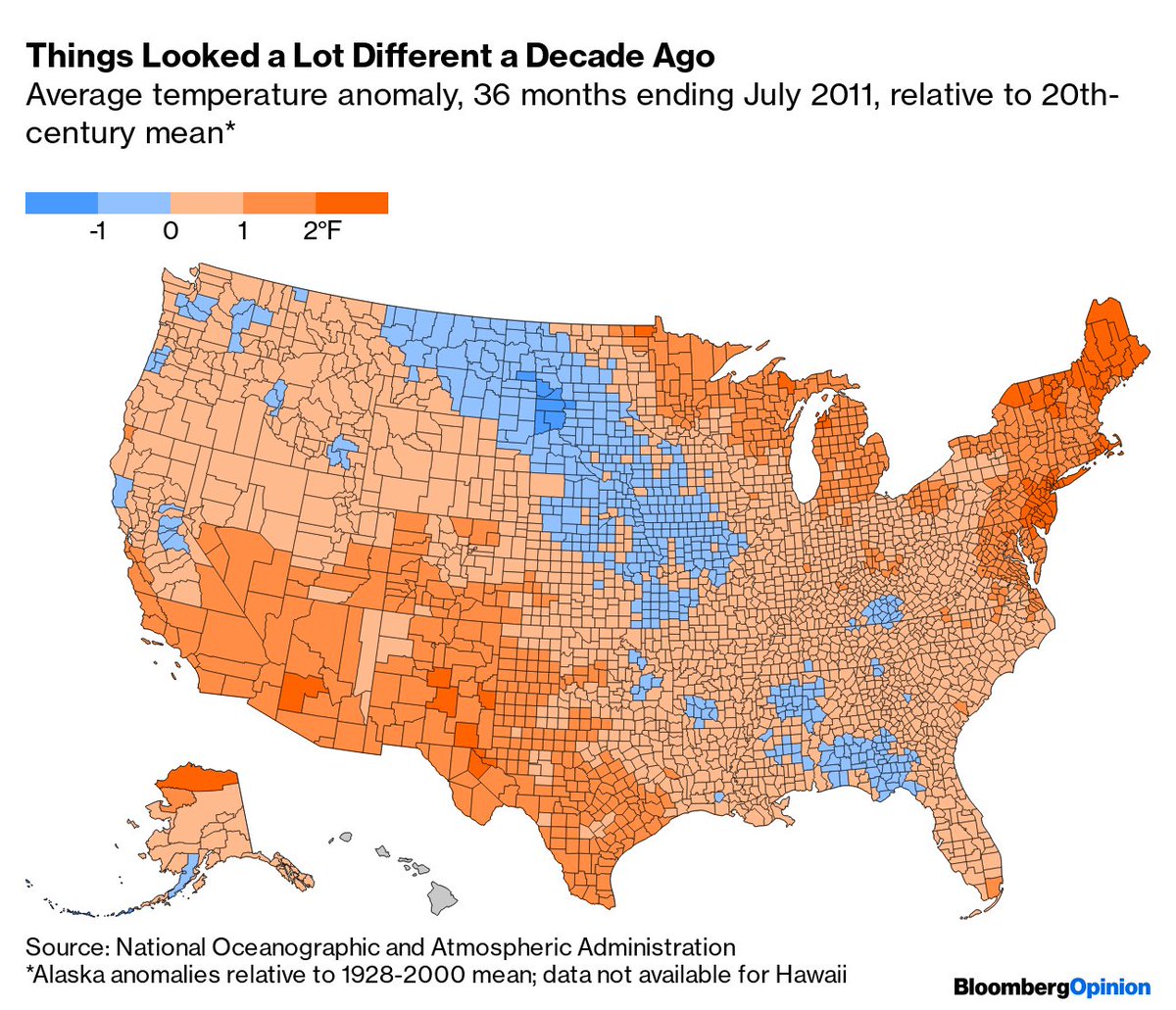Make a log chart of U.S. mortality rates by age group going back to 1900, and something really disturbing stands out bloomberg.com/opinion/articl… 

Mortality rates for older Americans had been headed mostly downward for a century until Covid-19 (although 55-to-64-year-olds had seen a slight mortality increase over the past decade) 

Younger kids' mortality rates have plummeted, and kept declining right through the pandemic (although 5-to-14-year-olds haven't had a great decade) bloomberg.com/opinion/articl… 

But young adults had a horrible 2020, a horrible 2010s, and a not exactly great last 60 years bloomberg.com/opinion/articl… 

For 25-to-34-year-olds, it's been a succession of setbacks since the early 1960s, with the mortality increase since 2010 by far the worst bloomberg.com/opinion/articl… 

What U.S. 25-to-34-year-olds have been dying of, 1999-2019 (the 2020 breakdown isn't available yet, but it looks like it will be less than 20% Covid-19) bloomberg.com/opinion/articl… 

Young adults in other rich countries haven't had it nearly so bad. In recent years that's mainly because they've been spared the opioid epidemic (so far, at least; you can Canada is doing some catching up) ... bloomberg.com/opinion/articl… 

... but the U.S. also has a lot more traffic deaths and homicides, big causes of death for young adults, than other rich countries (I left suicides off here because U.S. rates don't really stand out, although they've gotten worse) bloomberg.com/opinion/articl… 

It's obviously not news that something had gone wrong with life expectancy and mortality in the U.S. in recent years (think Case and Deaton's "deaths of despair") but I really hadn't been aware of how bad things have been for young adults bloomberg.com/opinion/articl…
• • •
Missing some Tweet in this thread? You can try to
force a refresh




















